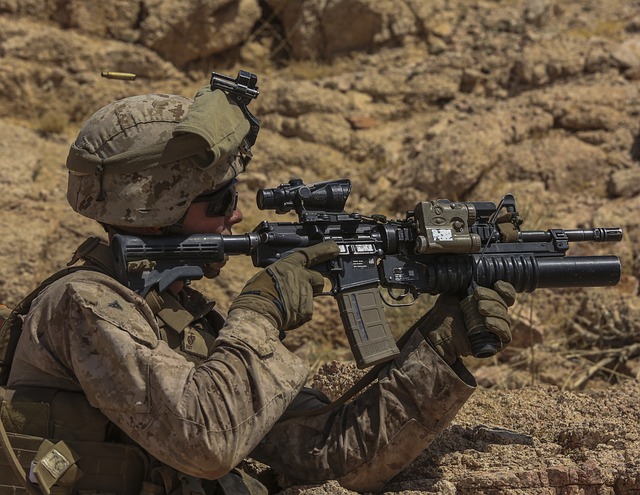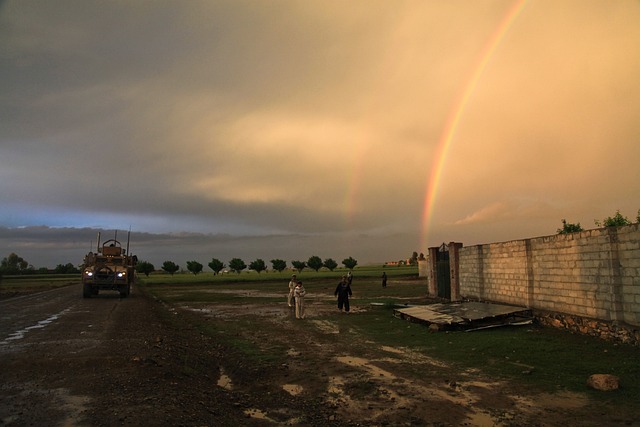
The US Army Reserve Flag is flown at half-staff as a mark of mourning and respect, following a tradition dating back to President George Washington's time. This practice pays tribute to fallen soldiers, distinguished individuals who have served the country, and members of the Army Reserve community who have lost their lives. The flag's half-staff position is regulated by official proclamations and protocols, which dictate its display across federal facilities and civilian sites. It serves as a solemn reminder of the nation's acknowledgment of military sacrifice and is a visual representation of the country's gratitude towards those who defend our freedoms and way of life. The specific protocols for raising and lowering the flag are precise, involving a brisk hoist to full height followed by careful lowering to half-staff, maintaining a vertical line between the blue field and the white stars. This tradition is deeply rooted in American history and serves as a universally recognized symbol of respect and mourning, demonstrating the commitment to honoring those who have served. The duration of the flag being at half-staff varies according to presidential proclamations or Army protocols and is essential for maintaining the reverence associated with this national tribute.
The US Army Reserve Flag at half-staff serves as a poignant symbol of national mourning and respect. This article delves into the protocol surrounding this significant display, exploring its historical context, the etiquette involved, and the specific guidelines for the US Army Reserve Flag. From its origins to the precise procedures governing its hoisting, understand the significance and honor the tradition that pays tribute to those we have lost. Join us as we examine the solemn practice of half-staff displays and their enduring place in American heritage.
- Understanding the Significance of the US Army Reserve Flag at Half-Staff
- Historical Context and Origins of Half-Staff Display for Mourning
- Protocols Governing the Hoisting of the US Army Reserve Flag
- Observing Respect: The Procedures and Etiquette Involved in Half-Staff Displays
Understanding the Significance of the US Army Reserve Flag at Half-Staff

The US Army Reserve Flag at half-staff is a poignant symbol of mourning and respect, deeply rooted in American tradition. When this flag is lowered to half the height of the staff to which it is affixed, it signifies a collective expression of grief or tribute to individuals who have served their country with distinction, especially those who have lost their lives in the line of duty. This practice dates back to 1783, during the presidency of George Washington, when the first national flag was flown at half-staff as a mark of mourning for the deceased soldiers following the Battle of Bunker Hill. Today, the US Army Reserve Flag follows this protocol in recognition of significant losses within the Army Reserve community or as a national expression of mourning for prominent figures or national tragedies. The act of hoisting the flag to half-staff is governed by official proclamations and protocols that guide both federal facilities and civilian entities on when and how to observe this tradition. It serves not only as a historical nod to past military honors but also as a contemporary sign of respect, reflecting the nation’s enduring gratitude towards those who protect our freedoms and way of life. The US Army Reserve Flag at half-staff thus stands as a silent sentinel over public spaces, a visual tribute that resonates with the solemnity and honor of military service and sacrifice.
Historical Context and Origins of Half-Staff Display for Mourning

Protocols Governing the Hoisting of the US Army Reserve Flag

The protocols governing the hoisting of the US Army Reserve Flag are meticulously defined to honor and pay respect to individuals, events, or ideals. When the flag is flown at half-staff, it signifies national mourning for a deceased dignitary or leader, including current or former members of the armed forces who have passed away. The specific instructions dictate that the flag should be hoisted briskly to the top of the staff and then lowered to half-staff position, maintaining a vertical dividing line between the field of blue and the white stars on the flag. This gesture is a symbolic representation of the nation’s deep respect and solemnity. The duration for which the flag remains at half-staff varies according to the individual being honored and may be directed by presidential proclamation or specific Army protocols. It is crucial for those responsible for raising and lowering the US Army Reserve Flag to adhere strictly to these guidelines, as each gesture with the flag is a reflection of the esteem held for those it represents. The correct method involves hoisting and then carefully lowering the flag to the desired position, ensuring that the flag does not touch the ground or the adjacent building during this process. These protocols are integral to the tradition and respect associated with the US Army Reserve Flag and its significance within the military community and beyond.
Observing Respect: The Procedures and Etiquette Involved in Half-Staff Displays

The practice of lowering flags to half-staff is a poignant gesture of respect and mourning, observed across the United States, including by the US Army Reserve Flag. This tradition dates back to the early 19th century and has since become a widely recognized symbol of honor and remembrance. When a flag is flown at half-staff, it signifies the nation’s or organization’s sorrow following significant events such as the death of a national leader, a member of the armed forces, or other notable individuals. The protocol dictates that the flag should be hoisted briskly to the peak for an preceding period, lowered to half-staff for a specified duration, and then raised to the peak again in a similar manner. The US Army Reserve Flag adheres to this practice, with military precision ensuring the respect due is both precise and profound. The half-staff display is not only a visual tribute but also a unifying signal of collective grief and solidarity with those who mourn. It is important for those managing flags to understand the specific times and durations as dictated by official proclamations or guidelines, which typically call for the flag to be at half-staff from sunrise to sunset on designated days. The etiquette involved in half-staff displays is not only a matter of tradition but also a reflection of the respect owed to those who have served and sacrificed.
The US Army Reserve Flag’s display at half-staff is a poignant symbol of national mourning and respect, deeply rooted in American history. This article has delved into the significance, origins, protocols, and etiquette surrounding this practice, offering insight into its role within our collective expression of honor and remembrance. It is through these rituals that we collectively acknowledge loss, pay tribute to those who have served, and uphold the traditions that bind us as a nation. The US Army Reserve Flag at half-staff stands as a testament to the gravity with which we treat such moments, serving as both a beacon of memory and a reminder of the solemn duty to honor those we have lost.







